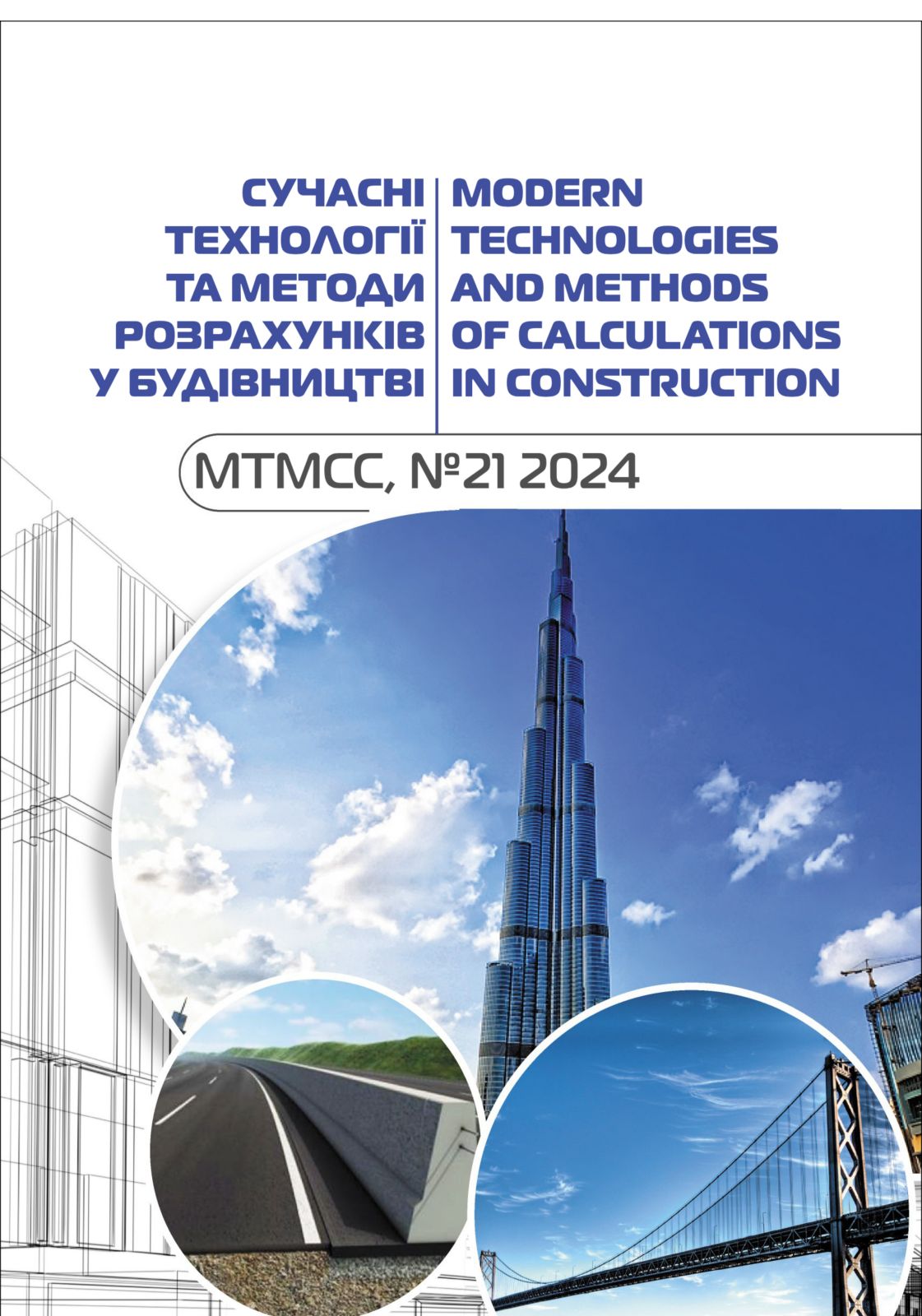Reconstruction of engineering facilities of non-residential funds in the context of renewal Ukraine
Abstract
The work presents the results of monitoring the condition of a non-residential building and developed proposals regarding the option of its reconstruction using energy-saving technologies, performed a comparative analysis of four options for heating the building using non-traditional and renewable energy sources.
The relevance of the considered problem is explained by the fact that the process of rebuilding Ukraine continues in parallel with new destruction during military operations and shelling throughout the country, despite the lack of resources, it remains vital, as it allows people to stay in the country and survive in the conditions of a full-scale war.
The article summarizes the results of the experience of reconstruction and restoration of destroyed buildings and infrastructure in the process of post-war reconstruction in Ukraine and abroad. Analysis of the results of the implementation of building modernization measures showed significant economic benefits for single-family houses and the need for state subsidies for the successful implementation of energy-efficient reconstruction. The results of graphic modeling of the reconstruction of elements of a non-residential building are presented. In the reconstruction project, the following options for engineering heating systems were analyzed: А)a warm floor with water heating and a heat pump (air-water); B) a warm floor with water heating and an electric boiler; C) a warm floor with water heating and a solid fuel boiler; D) solar power station and floor with electric heating.
The results of a comparative analysis of the energy efficiency of four options for heating the building according to two criteria are shown in the form of diagrams.
The results of energy consumption calculations showed that the lowest electricity consumption is for option A, the funds invested in the equipment will pay off within 5.5 heating seasons. The use of materials and heating systems with a high level of autonomy significantly reduces energy costs due to their energy efficiency.








